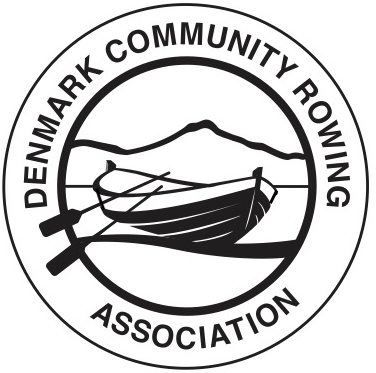Today we were expecting our first VIP visitors and so I got to the shed a little earlier than usual to make sure everything was tidy and the urn was on and the fruit cake set up for easy access in case there was a rush. And there sure was a rush. In came JP and Colin M shortly followed by Veronica and Lesley all keen to find a job to get on with. Veronica showed Lesley the tricks of the trade in knocking off yet more of those tabs while JP and Colin cleaned up the frames for glueing. John S arrived with his very well behaved dog and unclamped the stems we had glued up last week and got to work cleaning off the excess glue. Then Paul W arrived with his sharpening stones and edge setter and worked on the blades of my badly out of alignment planes. By this stage I was struggling to find space and meaningful work for our next two wonderful volunteers, Stefan P and Nick S and had to get them sanding more frame edges even though these will potentially be bevelled later. And of course Harry joined us with heaps of useful tips.
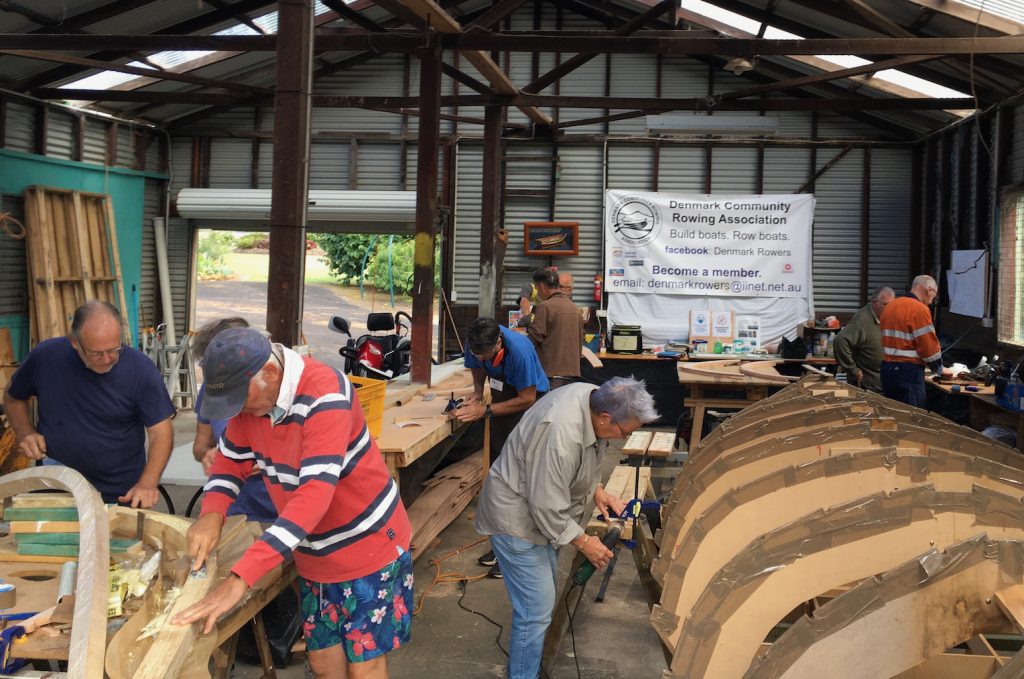
Then our visitors started to arrive. Geoff B made a quick check on proceedings before Peter K and Stef VdeH arrived towing boats that had been sailing with JP and I in the Walpole In The Trees Regatta. Peter K is our website sponsor, host, technician and my trainer as I struggle with the WordPress blog software. He has also built several boats and was able to join in a conversation we were having about how best to fix the frames so that they glued exactly in the spot we wanted them glued. We mocked up a test for the options of screw and glue, or, satay stick and glue. Screw and glue won as a way of, not only locating the pieces, but also of providing some of the clamping.
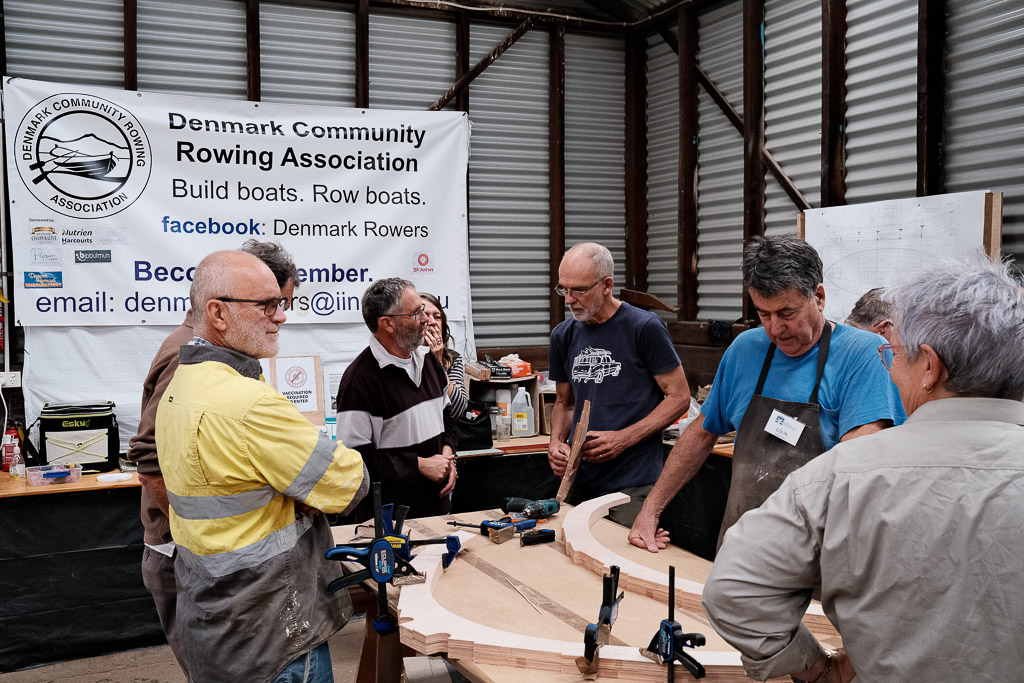
John Longley, President of SASCRAA arrived with boatbuilder Steve Ward who not only directed the build of the RFBYC St Ayles skiffs but also built the replica of the Endeavour.
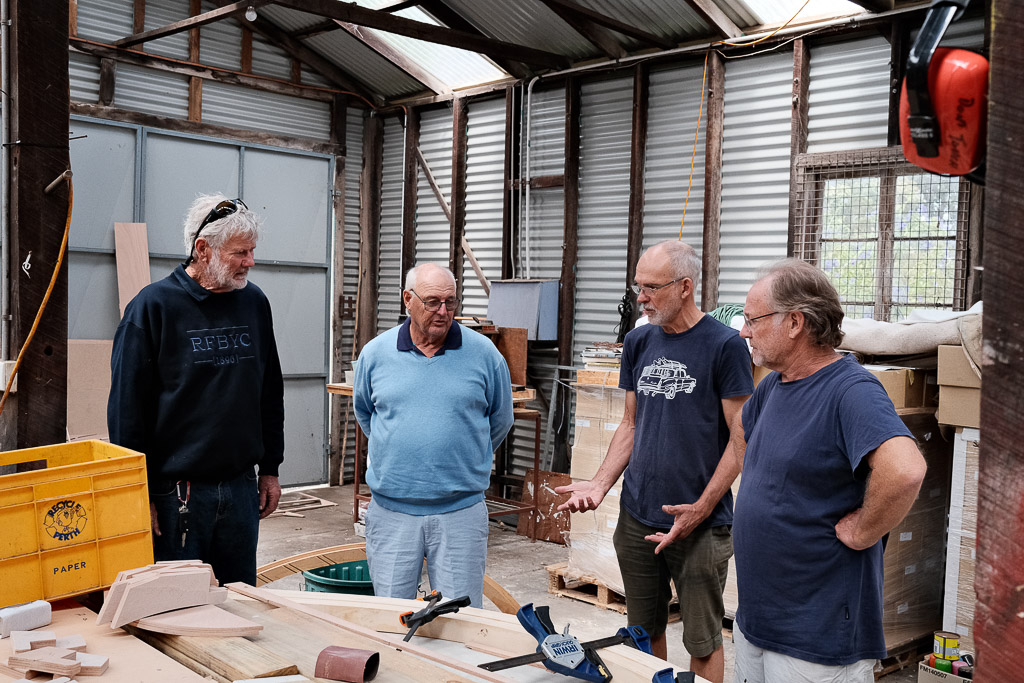
John also had his Ian Oughtred designed Caledonian Yawl in tow on which Steve was able to point out the fairing of the plank edges so that the overlap reduces to single plain at the bow and stern.
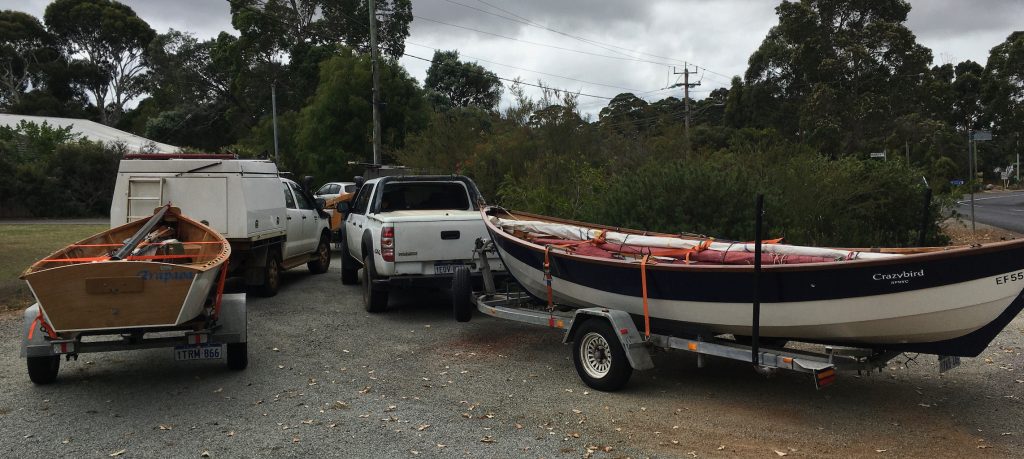
We had a tea break and tapped Steve for all sorts of information which he willingly gave including our current dilemma about the screw vs satay stick and he recommended just screwing with stainless steel screws countersunk in and covered in with an epoxy coat. His words of wisdom were that these are boats to be used not “marina queens”. Don’t get too carried away stressing about how it might look, just make sure it is robust for rowing.
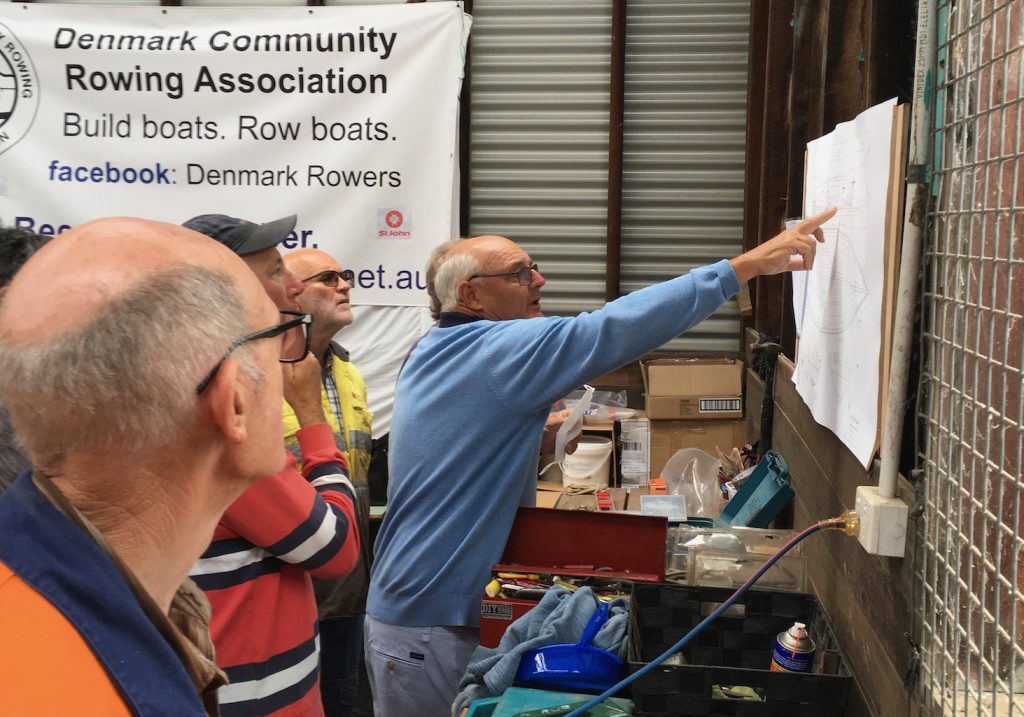
Things quietened down after they had left and people started to drift away allowing Veronica, Colin, Harry and I to concentrate on glueing up two of the frames. We clamped them into the position we wanted them, then drilled pilot holes for the screws. We made off-cut washers of scrap ply and screwed them into place and removed the clamps. We were happy with the position and so we unscrewed them and laid them out for gluing. First applying a coat of resin (4 pumps resin and two pumps hardener was just enough) and then buttering them up with the mixed Botecote goop (a tablespoon of each pot was probably a bit too much). We put them together and screwed them down until we had sufficient squeeze out (more on Veronica’s frame than on Colin’s because she had first dibs on the glue). We learnt that we had covered part of the frame that didn’t need covering and had to scrape as much of the glue off that section as possible. We cleaned up all the tools in vinegar so that they would be ready for a repeat tomorrow.
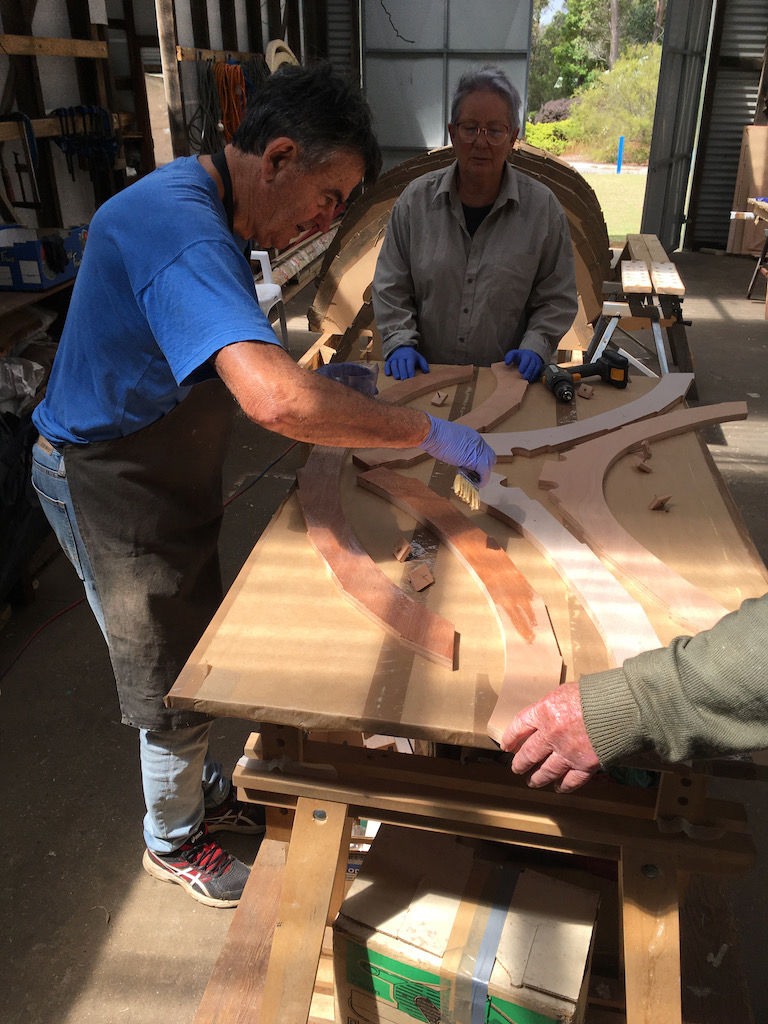
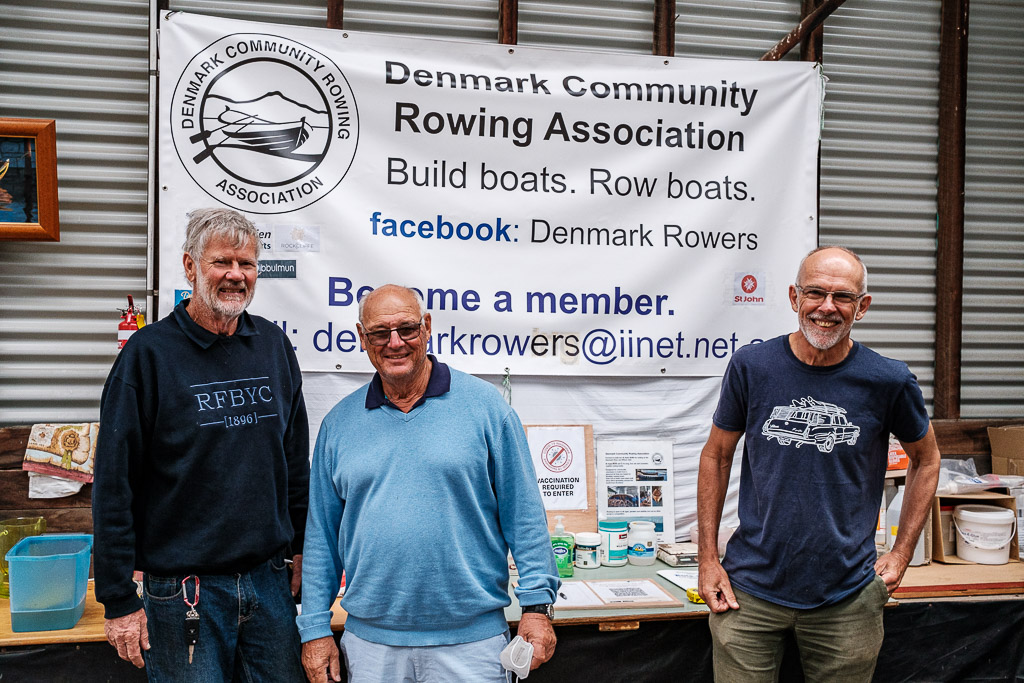
See you tomorrow.
Cheers Dave
